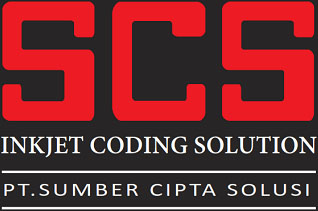OPTIMAL METAL DETECTION
FACTORS THAT COULD AFFECT PRODUCT EFFECT:
- Salt
- Moisture
- Temperature
- Product dimensions
- Product position and orientation
- Product consistency and density
- Packaging material (aluminium foil, tin, etc.)
- Wet or dry product
HOW TO DEAL WITH PRODUCT EFFECT
Metal detectors work at varying frequencies: 25 kHz- 900 kHz. Aperture magnetic field is stronger at low frequencies, but product magnetic field and current are low causing lower product signal. However, metal contaminant is also low – so electric and electromagnetic noise will be the main sensitivity factors. At higher frequencies, aperture magnetic field is low, but product and contaminant current amplitude are high, which makes it difficult to detect metal contaminant. If somehow the high Product Effect application saturates the metal detector, the sensitivity will be compromised.
The higher the Product Effect, the lower the optimal frequency and detector sensitivity, and vice versa. Dry products with low Product Effect have little impact on metal detector at high frequencies, so metal contaminants are easier to detect.
PHASE DISCRIMINATION
Operating frequency is not enough when it comes to dealing with Product Effect, so Phase Discrimination is used to reduce product signal and amplify metal signal, which improves sensitivity. Sophisticated metal detectors have Digital Signal Processor (DSP) that manages phase discrimination and other advanced signal processing techniques which then allows detection of smaller metal contaminants.
MULTI-SIMULTANEOUS-FREQUENCY METAL DETECTORS
Multi-Simultaneous Frequency (MSF) detectors are the most sensitive, it handles Product Effect at both high and low frequencies at the same time. Well-designed metal detectors use Product Signal Suppression (PSS) technology, which includes 2 discrimination stages: frequency and phase.
By cancelling information from high and low frequency combination, it removes product signal to allow more sensitive detection of smaller metal contaminants. PSS can also handle product variations, adapts to different product effect that applies to different product. This improves detection of small metal contaminants, it even compensates simultaneous inspection of several of the same products.
OPERATING TO FACTORY STANDARD
Improvement in detection (by changing from single-frequency to MSF) is as much as 50% in Product Effect for metallised film. However, in more challenging applications, adhering to factory detection standard can be difficult, as the sensitivity level will raise to a point where unstable detector set-up causes false rejection of good products. False rejects in a large number will be costly, requiring a concession to factory detection standards. Although MSF and PSS can prevent false rejection while still meeting the factory detection standard.
WHAT CAN BE EXPECTED FROM A COMPETENT METAL DETECTOR SUPPLIER
- Products with top sensitivity (single-frequency detectors for dry goods, MSF for Product Effect and metallised film applications)
- Quality product with high stability and protection from electromagnetic and other interference
- Reliable service
- Comprehension of detection programs that meet food safety standards
- Easy setup and usage
- Versatile products that accommodate changes in the business
